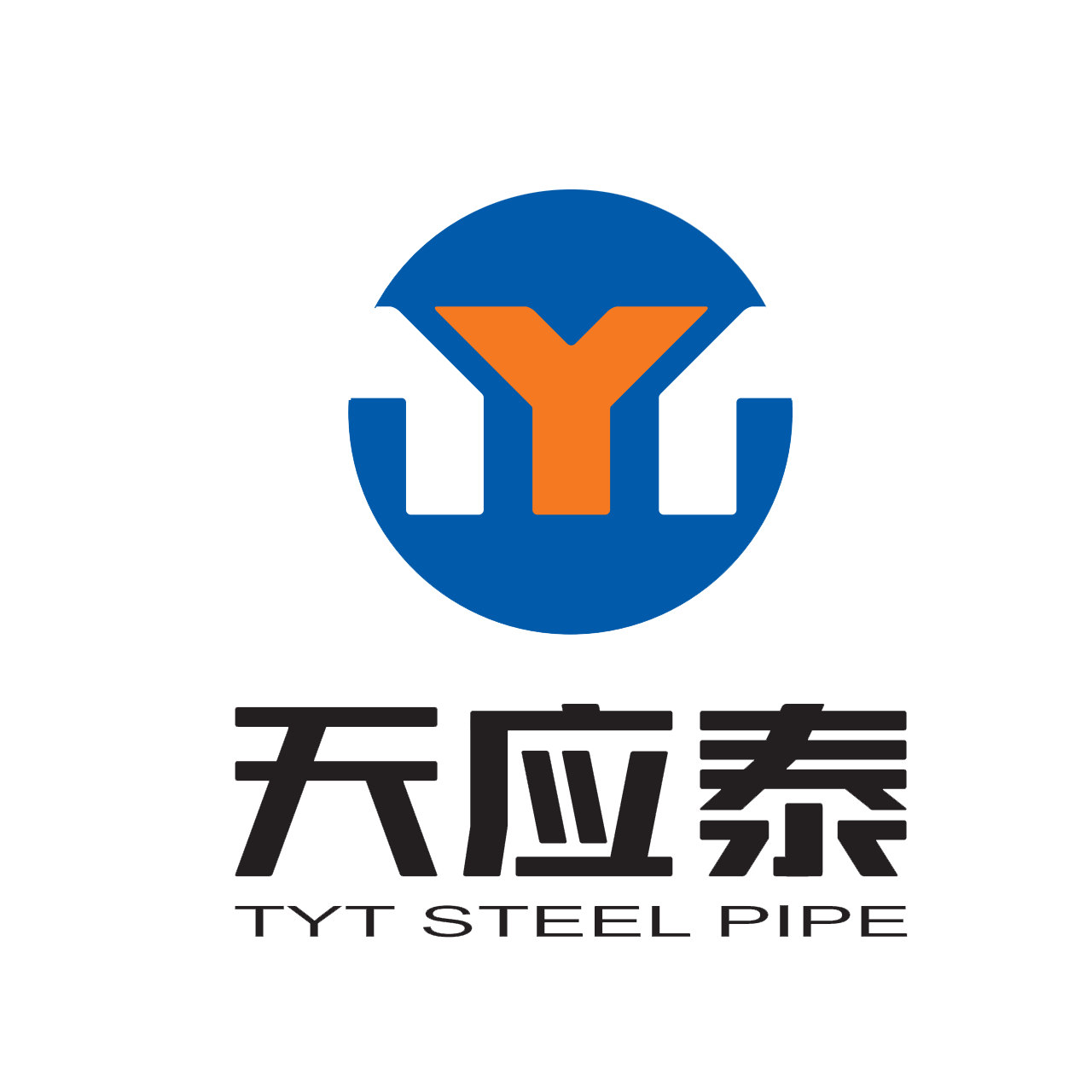Steel pipes are excellent conduits for conveying liquids and gasses in construction and industrial processes, as well as in everyday use at home or on the go. Steel pipes have a variety of features that make them different from other common pipe materials, however, so it’s important to know what your options are before you choose steel pipes over another material. What are the different kinds of steel pipes? What benefits do they offer that other materials don’t? Read on to learn more about some of the most common steel pipe varieties.
Types of steel pipes
Steel pipes are typically used to transport liquids. These pipes come in many different shapes and sizes, but they all have one thing in common: they are made from steel. There are five types of steel pipes that you need to know about thin-walled tubing, round pipe, square pipe, rectangular pipe, and flat bar stock.
Material – Mild steel pipes vs Carbon steel
Mild steel pipes are not as strong or durable as carbon steel. Mild steel is a soft metal that can easily be bent and has a low melting point. Carbon steel, on the other hand, is stronger because it contains more carbon content than mild steel. This makes it harder and less susceptible to corrosion.
Size – Schedule 40 Vs Schedule 80
A pipe’s size is based on its inside diameter. The most common diameters for steel pipes are 8 and 10. Schedule 40 pipes have a wall thickness that ranges from 0.065 to 0.083 inches, with an outside diameter between 11 and 12 inches. Schedule 80 pipes have a wall thickness that ranges from 0.065 to 0.105 inches, with an outside diameter between 12 and 14 inches.
Ends – Butt weld Vs Threaded
There are many different kinds of steel pipes, but two main categories are butt weld and threaded. Butt weld pipes are created by melting two pieces of steel together to form a pipe. These pipes can be cut into sections for easy transportation and installation. Threaded pipes are similar to butt welds in that they both have threads on one end, but threaded pipes must be cut before use.
